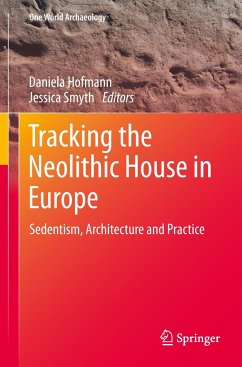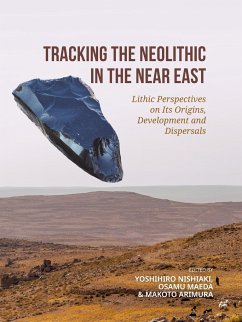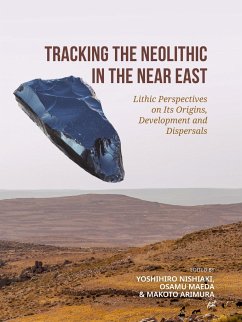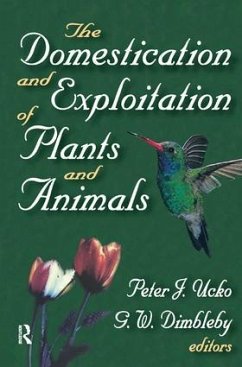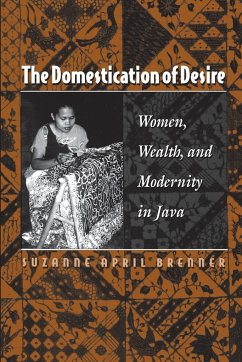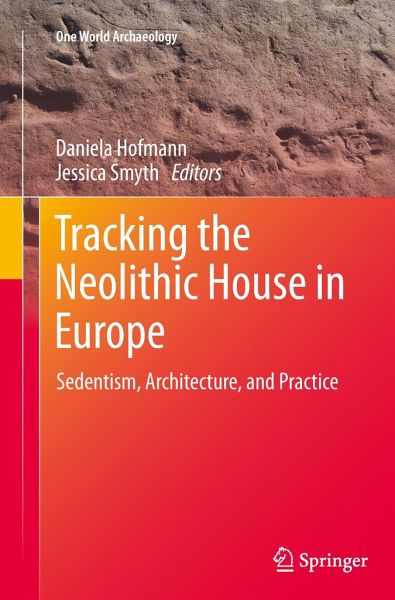
Tracking the Neolithic House in Europe
Sedentism, Architecture and Practice
Herausgegeben: Hofmann, Daniela; Smyth, Jessica
Versandkostenfrei!
Versandfertig in 6-10 Tagen
38,99 €
inkl. MwSt.

PAYBACK Punkte
19 °P sammeln!
The Neolithic period is noted primarily for the change from hunter-gatherer societies to agriculture, domestication and sedentism. This change has been studied in the past by archaeologists observing the movements of plants, animals and people. But has not been examined by looking at the domestic architecture of the time. Along with tracking the movement of sedentism, Neolithic houses are also able to show researchers the beginnings of cultural identity, group representation through the construction and decoration of these structures. Additionally as agriculture moved west and north in this er...
The Neolithic period is noted primarily for the change from hunter-gatherer societies to agriculture, domestication and sedentism. This change has been studied in the past by archaeologists observing the movements of plants, animals and people. But has not been examined by looking at the domestic architecture of the time. Along with tracking the movement of sedentism, Neolithic houses are also able to show researchers the beginnings of cultural identity, group representation through the construction and decoration of these structures. Additionally as agriculture moved west and north in this era, the architecture and material culture shows this change and its significance. Chapters are arranged chronologically so that authors can address differences and similarities of their region to neighboring ones. To ensure continuity, authors have framed the chapters around the following considerations: construction materials and architectural characteristics; how houses facilitated or perpetua





